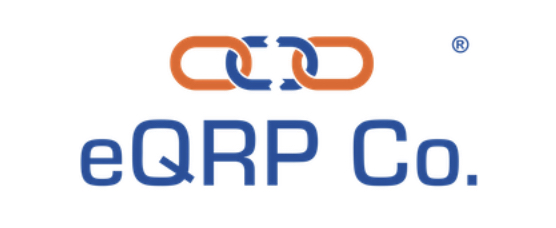The insurance business is a great business model. In fact, it is so good from an investment standpoint that it is one of Warren Buffet’s favorite industries. Now, if the greatest investor of all time has a passionate favor of the insurance industry’s business model, then we should pay attention. And as I have studied real estate investments over the years, I notice some striking similarities between the insurance industry and real estate rental business.
Insurance Industry
The Insurance industry is characterized by risk. The providers decide who they want to cover and they do so based on the risk of claims or loss. This calculated profile allows insurance companies to protect against loss while collecting premiums. The portion of income received from premiums that is not paid out in claims is what is referred to as “float,” and this is the part that Buffet loves. Insurance companies generate massive float and if they insure the right profiles for coverage, as long as they do not pay out ridiculously high claims, they are a machine for cash flow…this is where I draw the parallels with real estate.
Multifamily Real Estate
Using the terms above, lets characterize real estate’s similarities. Income for the multifamily asset class would be rental income and the “claims” would be repairs and maintenance as well as the operating expenses needed to run the business. The difference, or “float,” between the income and operating expenses is cash flow, which can be used to pay investors or reinvest.
Similarities in Business Models
Similar to the insurance world, the multifamily sponsor must be selective as to the type of deals they will “cover.” Just like the insurance industry, a bad deal can be a detriment to the company’s finances. This is why it is more difficult to find insurance for high-risk people such as daredevils and high-risk areas such as flood zones. In multifamily real estate, a Class D asset in a Class D neighborhood is higher risk of “payout” or “loss” (repairs and maintenance, damage, bad-debt) than a Class B/A in a Class B/A neighborhood.
However, just like insurance some providers or investors can find great opportunity by investing in areas where others stay away from. Based on their unique knowledge and expertise, they could make the investment work for all parties.
Why I like Multifamily
When the right asset is selected, an effective business model is chosen and a sufficient amount of capital is allocated towards capital expenditures (roofs, renovations, deferred maintenance, etc.), the cash flow model works very much like that of the insurance world.
People think that all investments are risky. The degree of risk among and within investment classes is as wide as the varieties of species on this earth. As you see, the multifamily business model is sound when selected and executed properly by an experienced sponsor. Work with a sponsor you know and trust, ensure their is alignment of interest and understand the market and investment opportunity. As a next step, download the Passive Investor Startup Guide for free.
Subscribe to Our Channel 👇🏾

💡Invest Your Retirement w/ eQRP
– I Rolled My 401k Into eQRP to Passively Invest In Apartments
Other Resources

Rodney Robinson II
[email protected]
